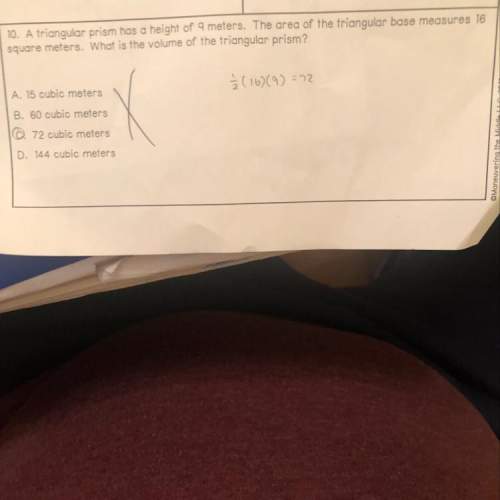
Mathematics, 18.06.2020 15:57 lisacarter0804
When booking personal travel by air, one is always interested in actually arriving at one’s final destination even if that arrival is a bit late. The key variables we can typically try to control are the number of flight connections we have to make in route, and the amount of layover time we allow in those airports whenever we must make a connection. The key variables we have less control over are whether any particular flight will arrive at its destination late and, if late, how many minutes late it will be. For this extra credit assignment, the following necessarily-simplified assumptions describe our system of interest:
1) The number of connections in route is a random variable with a Poisson distribution, with an expected value of 1.
2) The number of minutes of layover time allowed for each connection is based on a random variable with a Poisson distribution (expected value 2) such that the allowed layover time is 15*(X+1).
3) The probability that any particular flight segment will arrive late is a Binomial distribution, with the probability of being late of 50%.
4) If a flight arrives late, the number of minutes it is late is based on a random variable with an Exponential distribution (Lamda = .45) such that the minutes late (always rounded up to 10-minute values) is 10*(X+1).
What is the probability of arriving at one's final destination without having missed a connection?

Answers: 1


Other questions on the subject: Mathematics

Mathematics, 21.06.2019 20:00, andrwisawesome0
Aconstruction worker has rope 9 m long he needs to cut it in pieces that are each 3 /5 m long how many such pieces can he cut without having any rope leftover?
Answers: 3


Mathematics, 21.06.2019 23:40, redhot12352
For a science project, a high school research team conducted a survey of local air temperatures. based on the results of the survey, the found that the average temperatures were around 10 degrees higher than expected. this result was wrong. the trouble with the survey was that most of the locations were exposed to direct sunlight and located over asphalt or sand, which resulted in higher temperatures than normal. this is a classic example of an error in which phase of inferential statistics?
Answers: 1

Mathematics, 22.06.2019 00:00, bri9263
(20 points) a bank has been receiving complaints from real estate agents that their customers have been waiting too long for mortgage confirmations. the bank prides itself on its mortgage application process and decides to investigate the claims. the bank manager takes a random sample of 20 customers whose mortgage applications have been processed in the last 6 months and finds the following wait times (in days): 5, 7, 22, 4, 12, 9, 9, 14, 3, 6, 5, 15, 10, 17, 12, 10, 9, 4, 10, 13 assume that the random variable x measures the number of days a customer waits for mortgage processing at this bank, and assume that x is normally distributed. 2a. find the sample mean of this data (x ě…). 2b. find the sample variance of x. find the variance of x ě…. for (c), (d), and (e), use the appropriate t-distribution 2c. find the 90% confidence interval for the population mean (îľ). 2d. test the hypothesis that îľ is equal to 7 at the 95% confidence level. (should you do a one-tailed or two-tailed test here? ) 2e. what is the approximate p-value of this hypothesis?
Answers: 2
You know the right answer?
When booking personal travel by air, one is always interested in actually arriving at one’s final de...
Questions in other subjects:

Mathematics, 14.04.2021 08:20

Mathematics, 14.04.2021 08:20


Mathematics, 14.04.2021 08:20


English, 14.04.2021 08:20







